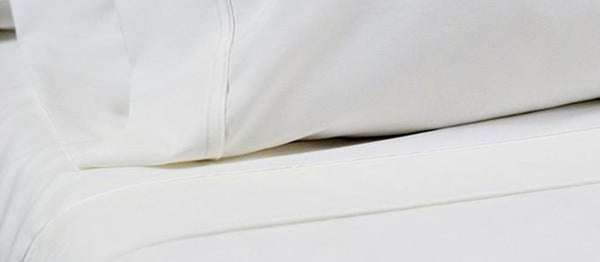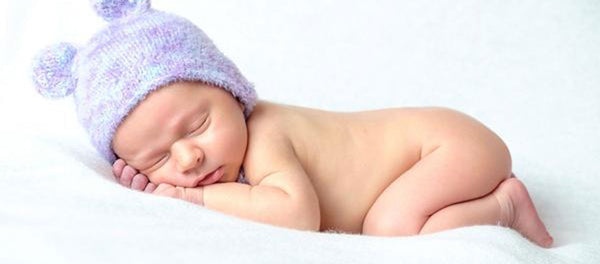Behind the Seams, Edition 1: Yarn Size - Why Should I Care?

When I shop for sheets, I’m frustrated when I see little more than thread count on the packaging. I wish there was a specifications guide, such as when I shop for almost anything else: a camera, a coffee maker, even chocolate!
A crucial, overlooked factor in sheets is yarn size. Better known in the industry as denier yarn size measures the fineness – the heaviness or lightness – of yarn used to make sheets. Thicker, bulkier yarns have a high denier, while thinner, finer yarns have a low denier.
Look at these two yarn samples below. Both contain the same amount of yarn. Yet you can easily see the spool of thicker yarns on the left is larger than the spool of finer yarns on the right.
Different deniers:
Thicker yarns = Lower denier

Finer yarns = Higher denier

(60/1; 100/1 are industry markers that denote yarn denier).
Yarn denier isn't measurable by looking at a sheet with the naked eye. Yet it plays a big role in how a sheet feels and performs.
Take a look at the close-up magnifications of two different sheets. The sample on the left uses lower denier yarn then the sheet on the right.
Thicker yarns = Lower denier

Finer yarns = Higher denier

What differences do different denier yarns actually cause?
The most noticeable effect is in the hand, or feel, of a sheet:
- Sheets with higher denier, finer yarns have a softer, smoother feel:Thin yarns bend easier than thick ones, so – all other conditions being the same – a sheet with high denier yarns will feel more flexible and more
- Sheets made from low denier, thick yarns feel rougher and scratchier: During laundering, individual fibers separate from the yarn and cluster into a ball (technically: pills). Thicker yarns means thicker, bigger pills. I’ve often heard friends complain about buying a high threadcount sheet only to find out it feels almost like sandpaper after laundering!
- Sheets made from low denier yarns weigh more than when made from high denier yarns. The two spools below contain equal lengths of yarn, yet the low denier spool weighs 56% more (573 grs versus 367 grs) than the high denier spool!


You can buy a sheet that claims to be luxury and has a very high thread count but if it is woven with a low denier yarn it will probably feel like a tablecloth. I don’t know about you, but a very heavy tablecloth is not what I’m looking to sleep under!
It is very frustrating that retailers do not provide something so crucial to sheet performance! Why isn’t denier information available to shoppers? Evaluating different sheets is almost impossible -- it makes buying sheets such a gamble
At Perfectlinens, we research deeply into deniers, to identify sheets that feel great and perform even better. Learning what actually factors into a good sheet has made me a much smarter, and as a result happier buyer. I need the necessary information to make an informed purchase and find the perfect sheet for me.
Also in Snooze News to Peruse (Our Blog)




